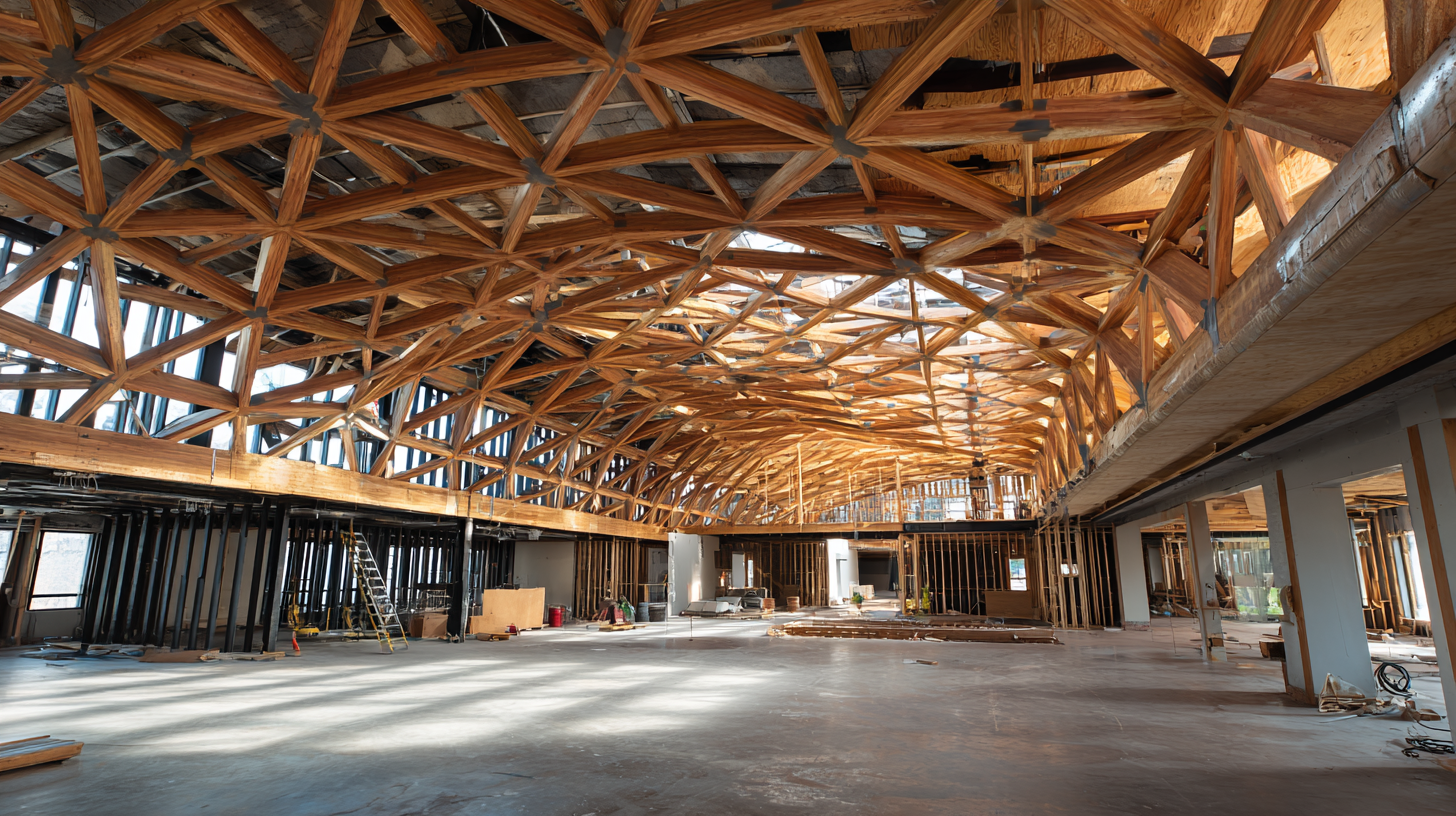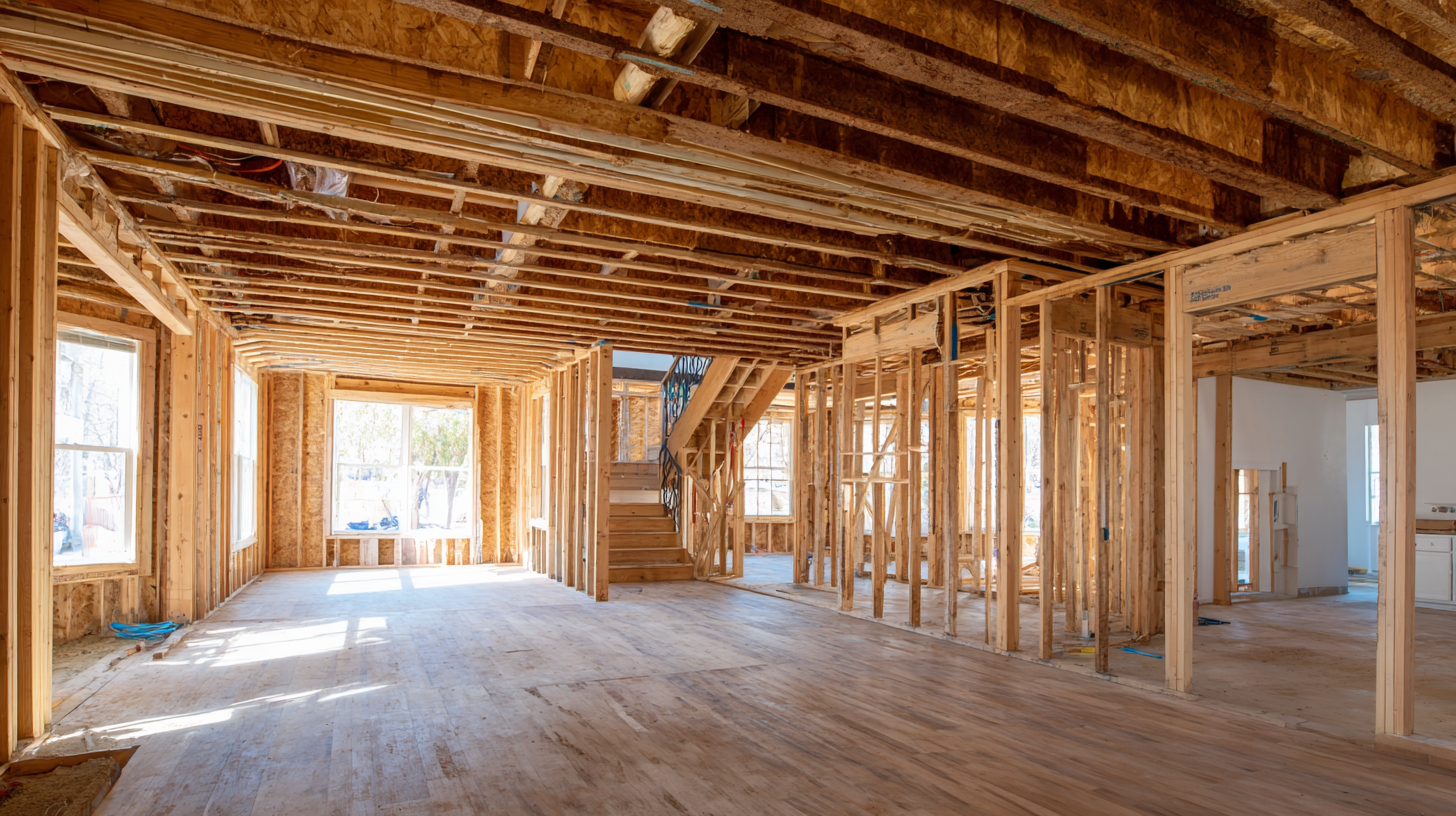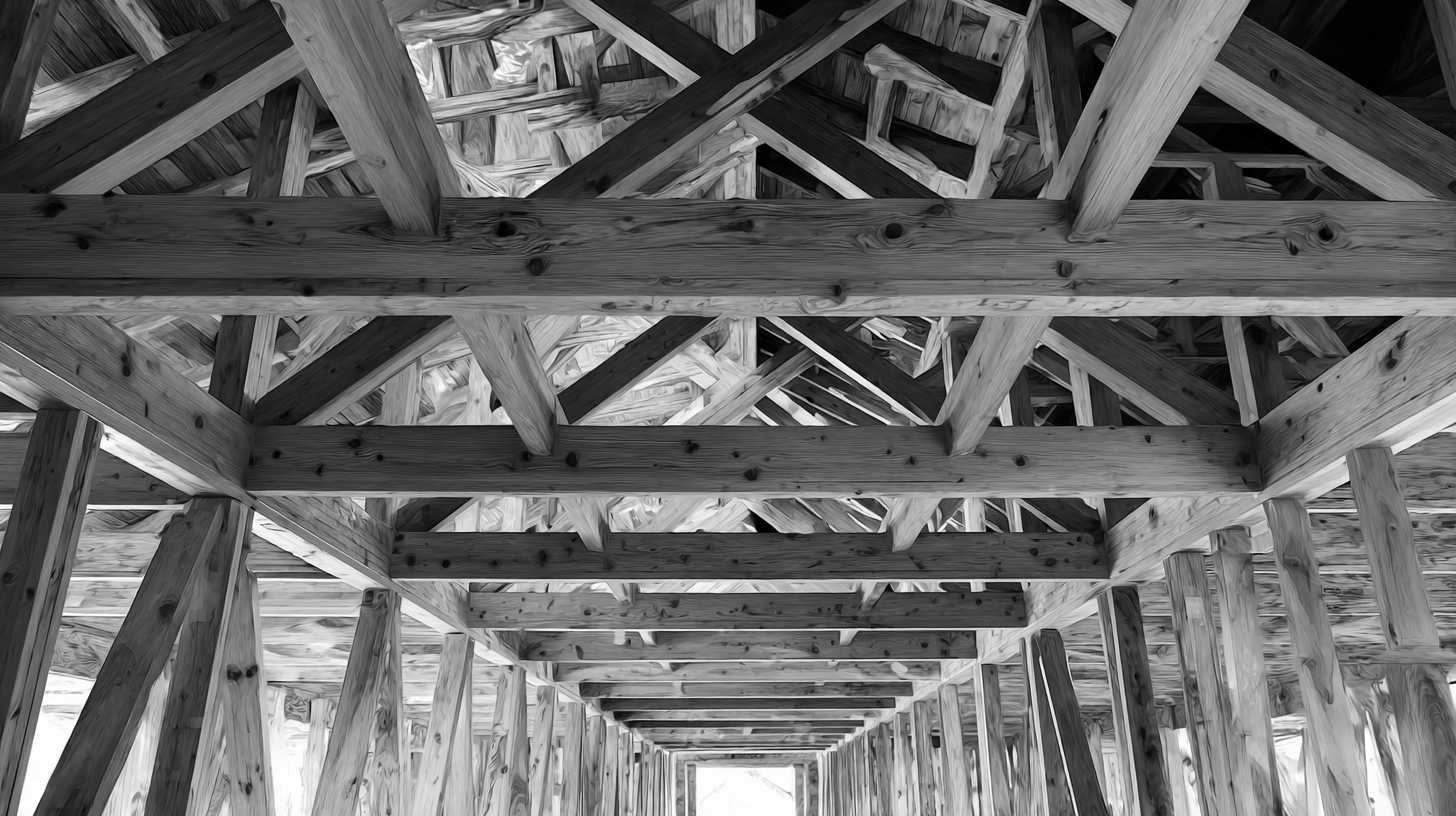Leave Your Message
-
Whatsapp
-
Whatsapp
As we look ahead to 2025, the construction industry is poised for significant transformation, particularly in the domain of Structural Floor Joists. According to the latest market analysis by Grand View Research, the global market for structural flooring materials is expected to reach USD 9.9 billion by 2025, with a compound annual growth rate (CAGR) of 5.7%. This reflects an increasing demand for sustainable and high-performance solutions that can meet the rigors of modern construction needs. Notably, the emphasis on durability and environmental performance is driving innovation, with manufacturers prioritizing quality and reliability – attributes commonly associated with "Globally Trusted Chinese Manufacturing." This comprehensive guide will explore the emerging trends, technological advancements, and market dynamics shaping the future of Structural Floor Joists, ensuring stakeholders are well-equipped to navigate this evolving landscape.

As we look ahead to 2025, the landscape of structural floor joists is evolving with an emphasis on sustainability and innovation. Architects and builders are increasingly seeking materials that not only fulfill structural requirements but also minimize environmental impact. Emerging trends highlight the use of engineered wood products, which offer high strength-to-weight ratios and reduced carbon footprints. These materials, combined with advanced manufacturing processes, allow for greater customization and efficiency in building design.

Technological advancements play a crucial role in the development of joists that cater to modern architectural needs. The integration of smart technologies into joist systems is gaining traction, promoting energy efficiency and enhanced performance. For instance, using sensors embedded in joists can monitor structural integrity and environmental conditions, providing real-time data that helps maintain safety and longevity. As we navigate the future of structural floor joists, the focus will remain on innovation and sustainability, shaping a built environment that is both functional and responsible.
As we approach 2025, the choice between traditional and innovative joist systems becomes crucial for both builders and architects. Traditional wood joists, while often praised for their availability and ease of installation, present limitations in terms of span capability and susceptibility to environmental factors like moisture and pests. According to the National Association of Home Builders (NAHB), conventional lumber can have shrinkage issues, potentially leading to structural concerns over time, particularly in humid regions where wood maintenance is critical.
On the other hand, innovative joist systems, including engineered wood and steel, offer enhanced durability and performance. For instance, engineered wood joists can span greater distances without support, allowing for more open floor plans and reduced material costs. The Engineered Wood Association reports that these systems can be up to 20% lighter than traditional wood, facilitating easier handling and lower shipping costs. Additionally, advanced alternatives like composite joists, made from recycled materials, not only improve sustainability but also provide consistent quality, lowering the risk of defects that can arise with natural wood. This shift towards innovative systems marks a significant trend in optimizing construction practices while addressing modern design demands.

As we look towards 2025, sustainability is set to play a pivotal role in the selection of structural floor joists. The construction industry is increasingly recognizing the importance of eco-friendly materials and practices. This trend is not just about regulatory compliance; it reflects a growing consumer demand for greener buildings. Advanced materials such as engineered wood products, recycled steel, and sustainably sourced timber are becoming popular choices among architects and builders. These materials not only reduce the carbon footprint but also enhance the overall efficiency of structures, showcasing a modern approach to sustainable design.
In addition to material selection, the methods of joist installation are also evolving with sustainability in mind. Prefabrication techniques are gaining traction as they minimize waste and execution time on-site, leading to more efficient construction processes. Innovations such as modular joist systems allow for easy assembly and disassembly, providing flexibility while promoting reusability in future projects. The convergence of technology, sustainable materials, and efficient building techniques positions structural floor joists as a key component in realizing eco-friendly objectives in the construction landscape of 2025.
As we look toward 2025, understanding the costs associated with different types of structural floor joists is crucial for budget-conscious homeowners and builders. The choice of floor joist can significantly impact both the overall construction budget and the long-term maintenance costs of a structure. Options range from traditional wood joists to engineered solutions like I-joists and open-web trusses, each with its own pricing structure and performance characteristics.
When budgeting for floor joists, it’s essential to consider not only the initial material costs but also factors such as installation complexity, labor expenses, and future energy efficiency. While traditional wood joists may have lower upfront costs, engineered options often provide better thermal performance and may reduce heating and cooling expenses over time. As such, a comprehensive cost analysis that weighs both short-term and long-term financial implications will help guide your selection process and lead to more informed decisions in floor planning and construction strategies for the future.
As we look ahead to 2025, the structural joist design and functionality are on the cusp of transformation thanks to innovative materials and construction methods. One of the most promising developments is the integration of 3D printing technology in architecture. Research indicate that 3D printing can significantly reduce construction waste by up to 70% and trim overall project timelines by 40%. This shift not only optimizes design flexibility but also elevates sustainability in the building process.
To incorporate these emerging trends into your projects, consider the following tips: First, embrace the potential of hybrid materials that combine traditional wood or steel with advanced composites, enhancing the strength-to-weight ratio of joists. Additionally, invest in BIM (Building Information Modeling) technologies to visualize and optimize structural components before construction begins. Lastly, stay updated on regulatory advancements surrounding 3D printing in construction as these will influence design possibilities and functional performance standards.
As we venture into this new era, keeping an eye on evolving design practices will be essential. The convergence of innovative technologies and materials promises to redefine how structural floor joists are conceptualized, leading to smarter, more efficient buildings that meet the demands of modern architecture.
| Trend | Description | Innovations | Projected Impact |
|---|---|---|---|
| Lightweight Materials | Utilization of advanced composite materials to reduce weight without compromising strength. | New polymers and fiber-reinforced materials. | Improved efficiency in transportation and installation. |
| Sustainable Practices | Focus on sustainable sourced materials and eco-friendly manufacturing processes. | Recycled materials and low-carbon production methods. | Reduced environmental impact and compliance with regulations. |
| Smart Technology Integration | Integration of IoT devices for real-time monitoring and maintenance alerts. | Sensors embedded in joists for structural health monitoring. | Enhanced longevity and safety of structures. |
| Modular Construction | Adoption of modular building techniques for faster assembly and reduced waste. | Pre-fabricated joist systems that are designed for easy assembly. | Decreased construction time and improved project timelines. |
| Enhanced Load-Bearing Capabilities | Development of joists that can support heavier loads for commercial applications. | Innovations in beam design and material composition. | Increased project versatility and design freedom. |
